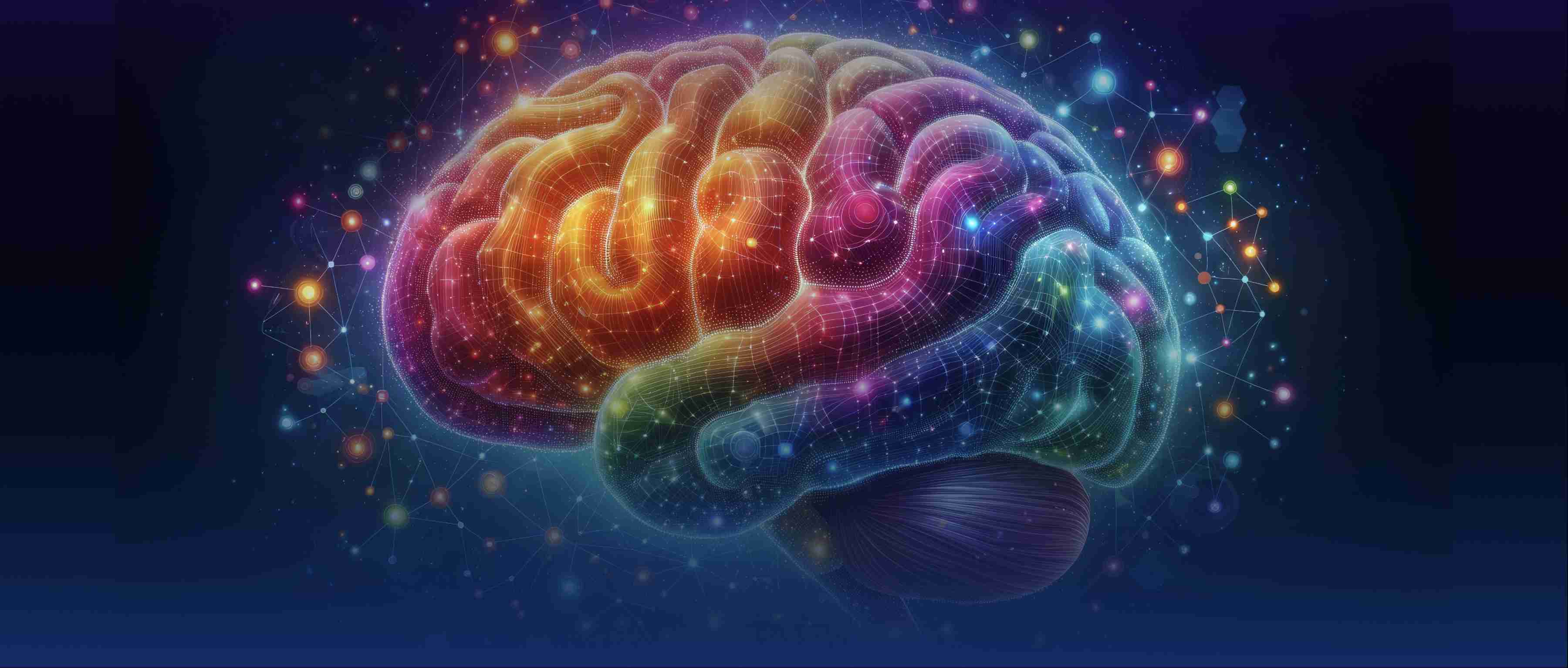Vision science provides insights into how humans perceive and process visual information, bridging fields like neuroscience, psychology, and computer science. One benefit is its application in developing assistive technologies, such as screen readers for the visually impaired or augmented reality devices for navigation. Another advantage lies in advancing artificial intelligence. Insights from vision science help refine computer vision algorithms, improving their accuracy and alignment with human-like perception. This is evident in applications like image recognition and autonomous vehicles. Vision science also contributes to healthcare. It supports the development of diagnostic tools for eye diseases, such as glaucoma or macular degeneration. Additionally, it plays a role in understanding and treating neurological disorders that affect visual processing.
What are the benefits of Vision Science?

- Exploring Vector Database Use Cases
- Natural Language Processing (NLP) Basics
- The Definitive Guide to Building RAG Apps with LangChain
- Retrieval Augmented Generation (RAG) 101
- Mastering Audio AI
- All learn series →
Recommended AI Learn Series
VectorDB for GenAI Apps
Zilliz Cloud is a managed vector database perfect for building GenAI applications.
Try Zilliz Cloud for FreeKeep Reading
How does 3D face recognition work?
3D face recognition creates a three-dimensional model of a face to improve accuracy and robustness. Unlike 2D face recog
How do you keep a knowledge graph updated?
To keep a knowledge graph updated, it is essential to implement a systematic approach that involves continuous data inge
How does quantum parallelism enable the speedup of specific algorithms?
Quantum parallelism is a fundamental aspect of quantum computing that allows quantum algorithms to perform many calculat